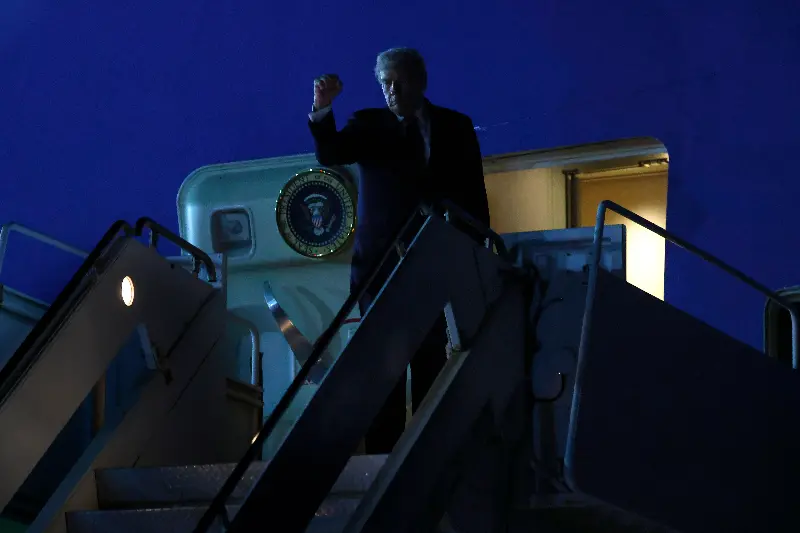
Time magazine’s latest cover has landed with all the subtlety of a fireworks finale—sparking debate, laughter, and outrage, sometimes all at once. After a dramatic week that saw Donald Trump broker a historic Middle East peace deal, the iconic magazine celebrated what it called “a signature achievement” for his second term. But for Trump himself, the image became the main event.
The cover—with a striking low-angle portrait of the president, lit in almost celestial gold—was quickly mocked by Trump himself as “may be the worst of all time” for its unflattering portrayal of his famously styled hair. On social media, he vented frustration about the lost volume, the odd lighting, and even suggested a “tiny floating crown” effect made his hairline disappear. Fans and critics alike flooded X and Reddit, debating whether the photo was intentionally unflattering or just an unfortunate choice.
Key Facts and Developments
- Time magazine’s cover story lauded Trump’s diplomatic achievement: The return of Israeli hostages and the release of Palestinian prisoners marked the first phase of a new Middle East agreement. The magazine called it a “strategic turning point” for the region, a rare moment of wide political recognition for Trump, whose first term was defined by controversy.
- The photo controversy overshadowed the story: Trump responded swiftly, amplifying his grievance on social media and in late-night rants. Crowds on left-leaning media platforms called the cover a sly act of sabotage, while right-wing commentators accused Time of disrespect for a president at his peak moment. The image itself, with its bright backlight and upward gaze, was meant to look heroic—but for many, it highlighted every wrinkle and quirk.
- Emotional reactions were mixed: Supporters of Trump felt the cover diminished his achievement, even as the article praised his diplomatic push. Critics, meanwhile, saw humor in the fuss over a photo and wondered why image weighed so heavily in a week of real geopolitical consequence. The air in Washington buzzed with gossip, from the West Wing to late-night TV.
- The moment reflects a long, fraught relationship: Trump and Time have a history—he’s twice been named Person of the Year, but often felt slighted by the magazine’s visual choices. This time, the battle over the cover became a microcosm of his broader struggle for public image control—an effort that now plays out in real time across platforms.
- The deal itself remains fragile, and so does the mood: In Jerusalem and Gaza, families of freed hostages and prisoners expressed cautious hope, while experts questioned whether peace would last. Back home, the focus on hair and lighting was a reminder of how quickly American politics can pivot from substance to spectacle.
Conclusion or Takeaway
The latest Time cover captures a week in which Trump once again found himself at the center of both policy and pop culture. The Middle East deal, achieved after years of strife, was undeniably significant. Yet, for Trump, the message in the mirror—and on the magazine rack—mattered just as much.
The reaction online and in the corridors of power was a blend of celebration, mockery, and fatigue. Supporters celebrated Trump’s achievement, even as they decried the cover as disrespectful. Critics found it hard to ignore the president’s focus on optics at a pivotal moment. The episode is a reminder: in America’s attention economy, great achievements and tabloid controversies don’t just coexist—they collide, leaving the public to wonder which matters more.
For months, this deal will be studied for its diplomatic impact. For now, though, the battle over a single photo is the story that sticks—a reminder of how politics, media, and personality keep dancing, even on the world’s most serious stage.
